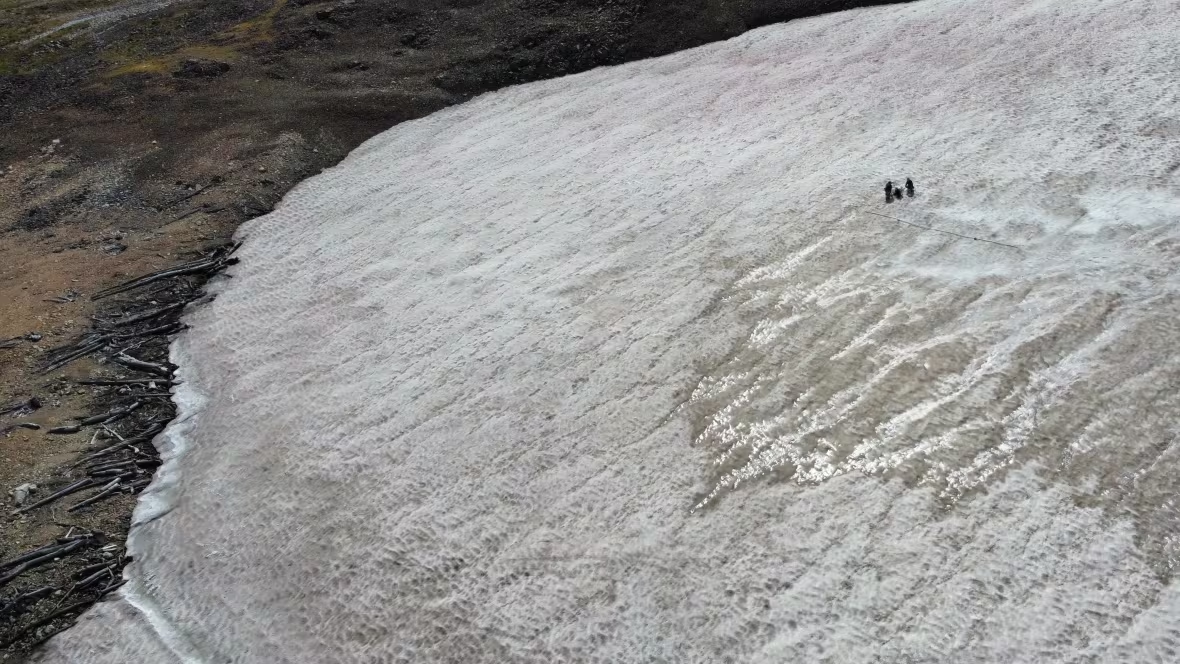A remarkable discovery in northwestern Germany has provided a rare glimpse into the fine craftsmanship of the Roman era. A metal detectorist recently uncovered a miniature Roman padlock, dating back approximately 1,600 years, in the Westphalia region. This unique find has captivated archaeologists and historians, shedding light on the trade and cultural exchanges between ancient Rome and northern Germany.
A One-of-a-Kind Discovery
Measuring just over a centimeter in size, the golden padlock is considered unparalleled in Europe. According to archaeologist Michael Rind from the Westphalia-Lippe Regional Association, no other similar lock has been found on the continent.
The padlock’s design mirrors larger Roman locks commonly used during the third and fourth centuries, indicating a link between the Roman Empire and northern Germany during this period. The presence of such an object suggests active trade or cultural influence between these regions.
Astonishing Craftsmanship
Metal detectorist Constantin Fried, who made the discovery, expressed his amazement upon finding the lock. Unlike most Roman locks, which were typically constructed from iron or bronze, this one is exceptionally small and crafted with meticulous detail.
Though only the cylindrical part of the lock remains, experts believe it originally included a key and possibly a chain. Signs of tampering on the lock suggest that someone in antiquity attempted to break it open or remove a blockage.
Advanced Analysis Unlocks Hidden Details
Restoration efforts confirmed that the lock’s central cylinder was made of iron. To further examine its intricate mechanisms, researchers employed neutron-based CT scans, a technique superior to conventional X-rays for analyzing metal artifacts.
These scans revealed the lock’s complex inner workings, including a spring, bolt, baseplate, guide rail, and pin, highlighting the sophistication of Roman blacksmithing and metalwork.
Replica of the Roman lock (LWL)
Purpose and Significance
Experts speculate that such padlocks were used to secure jewelry boxes or small chests, much like modern locks. However, the exact reason for crafting such a detailed and delicate lock remains unknown. Was it a singular creation, or are there more yet to be discovered?
To better understand the lock’s mechanism, researchers crafted a larger replica using brass and steel. The replica demonstrated the high level of skill possessed by Roman artisans, further confirming the complexity of this ancient artifact.
Implications for Roman-Germanic Relations
The discovery reinforces the notion that the Westphalia region had interactions with the Roman Empire. Whether this miniature lock was a rare exception or part of a broader pattern remains an open question.
"Was this a unique find, or have similar artifacts simply not been uncovered yet?" Rind pondered. Researchers continue their investigation, hoping to reveal more about this extraordinary relic and its historical significance.
This unexpected find not only enhances our understanding of Roman engineering but also provides valuable insights into the cultural and economic connections that once linked ancient Germany with the mighty Roman Empire.







































